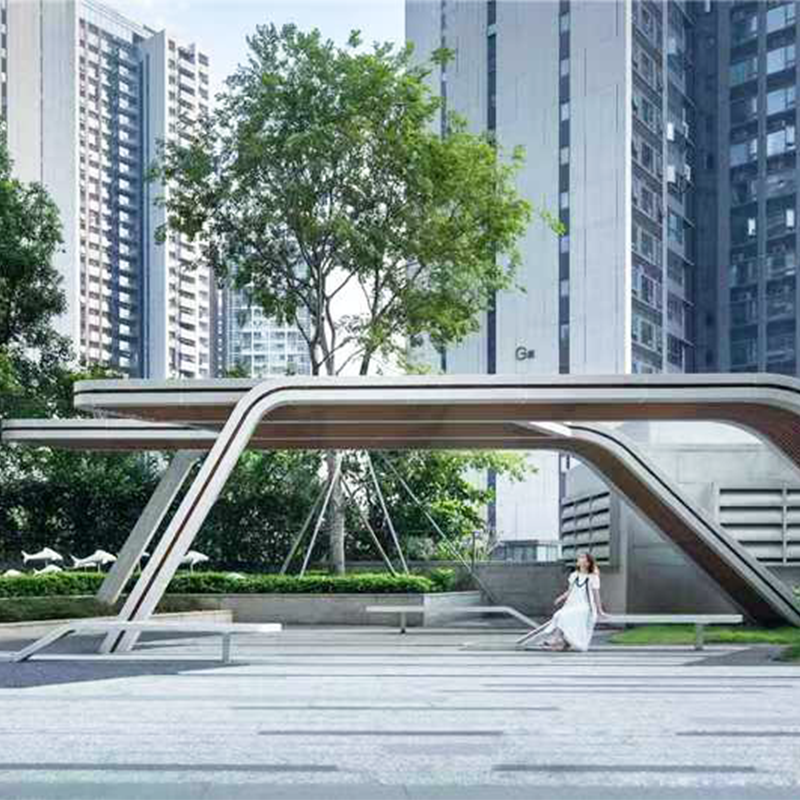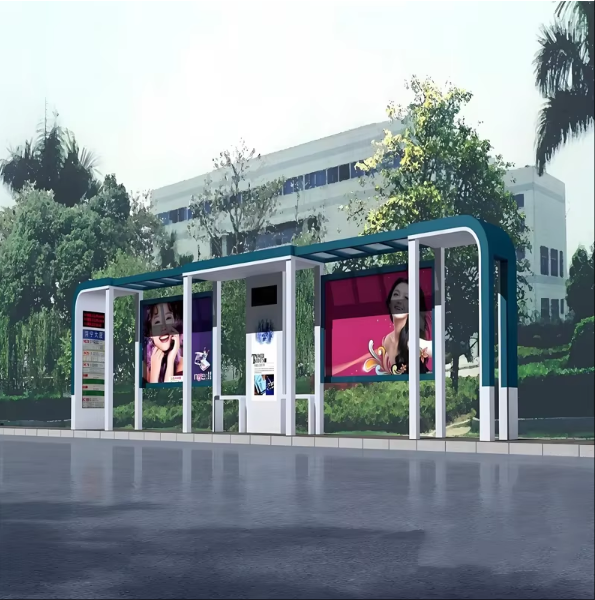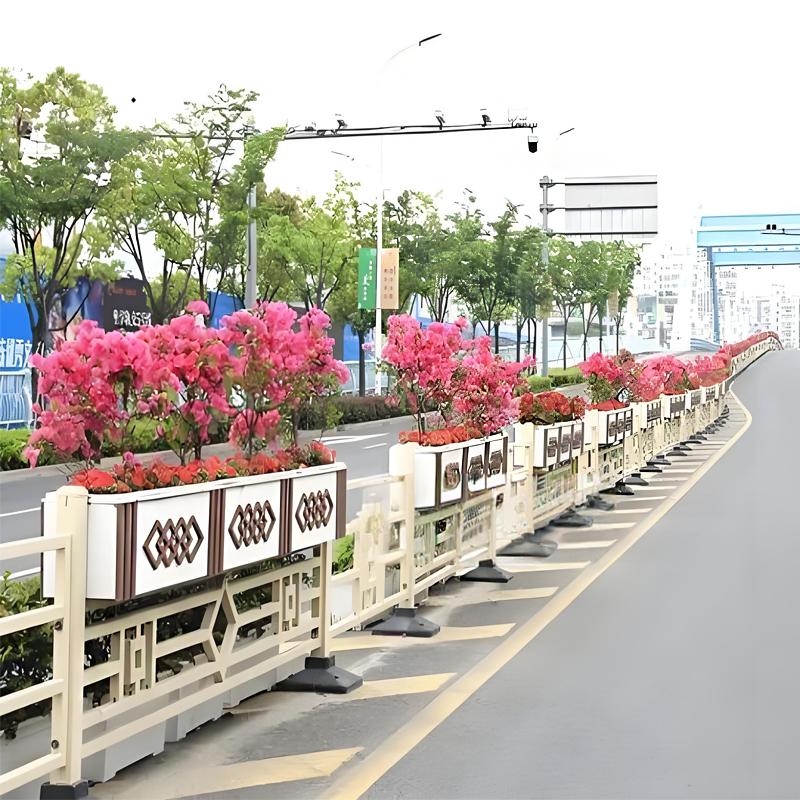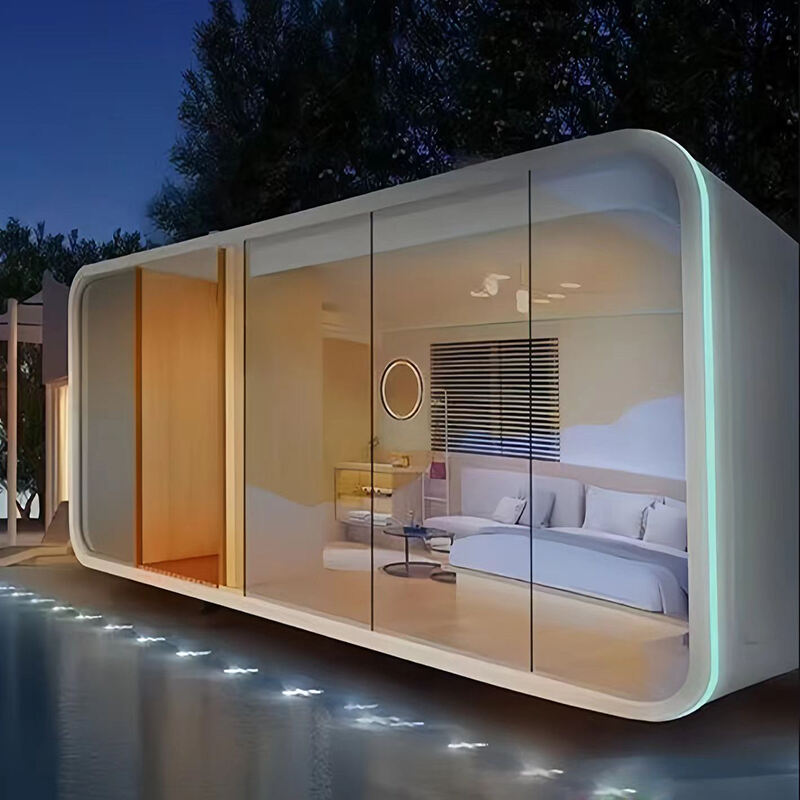The Historical Significance of Pavilions in Parks
Origins of Park Pavilions as Public Facilities
Pavilions have played a crucial role in public parks since the 19th century, serving as shelters and venues for social gatherings. In their early days, these structures were much more than mere shelters; they were cultural hubs that hosted concerts, lectures, and community events. Historical records from cities like New York and Paris reveal that park pavilions were integral to enhancing the social fabric and cultural identity of urban communities. These architectural elements not only provided a practical function but also reflected a city's commitment to public welfare and community engagement. As urban parks became prevalent, these pavilions became a staple for public interaction and cultural expression, epitomizing the spirit of inclusivity and public service inherent in park designs of that era.
Evolution from Functional to Aesthetic Structures
The evolution of park pavilions from purely functional shelters to aesthetically pleasing structures mirrors the growth of landscape architecture as an art form. Initially, these structures prioritized utility, sheltering visitors from the elements. However, as architectural trends evolved through the late 19th and early 20th centuries, aesthetic considerations became essential. Influenced by various cultural and artistic movements, modern pavilions now reflect diverse styles that integrate local culture, sustainability, and artistic expression. This transformation is evident in the architectural variety observed in today’s public spaces worldwide, where pavilions often serve both as functional spaces and as landmarks or art pieces that embody the spirit of a community. This shift highlights the role of pavilions not just as shelters, but as key elements in the aesthetic appeal and design of public parks.
Key Functions of Pavilions in Modern Parks
Providing Shade and Weather Protection
Pavilions are vital in parks for providing shade and protection from adverse weather, significantly enhancing visitor comfort. These structures ensure that park-goers can enjoy outdoor spaces despite varying weather conditions. Studies indicate that the presence of pavilions boosts park usage rates, as visitors seek shelter during rain or respite from the sun's intense heat. Modern pavilion designs incorporate weather-resistant materials like fabrics treated to withstand UV rays and durable construction techniques, ensuring these structures are resilient and long-lasting.
Hosting Community Events and Gatherings
Pavilions act as versatile venues for community events, from family reunions to public concerts and festivals. These structures offer the perfect setting for various gatherings, promoting social interaction and community cohesion. Research shows that parks equipped with pavilions witness higher engagement rates in community activities, as these spaces foster a sense of belonging among residents. Cities report economic benefits from pavilion-hosted events, as they attract visitors and help stimulate local businesses by increasing foot traffic and creating opportunities for vendors.
Enhancing Accessibility in Recreational Spaces
Modern pavilions are increasingly designed with accessibility in mind, ensuring all community members can participate in recreational activities. This inclusivity is crucial for enriching the quality of life and fostering unity. Regulatory guidelines mandate that pavilion designs feature wheelchair access and other accommodations for individuals with disabilities. Urban design studies reveal that accessible pavilions lead to improved community well-being, allowing diverse populations to enjoy park facilities equally. By prioritizing accessibility, parks can better serve all residents and offer equal opportunities for recreation and leisure.
Innovative Design Trends in Pavilion Architecture
Blending Sustainability with Aesthetic Appeal
Current design trends in pavilion architecture focus on merging eco-friendly materials with aesthetically pleasing structures. This includes using sustainable resources such as reclaimed wood and integrating energy-efficient technologies like solar panels. For instance, the 'Mass Is More' installation in Barcelona showcases the benefits of mass timber construction, highlighting a reduction in CO2 emissions. Such designs not only minimize environmental footprints but also draw visitors by offering visually attractive and innovative spaces. Research supports that sustainable pavilions enhance environmental consciousness among communities and elevate public attraction through beautiful and thoughtful designs.
Modular Designs for Multi-Purpose Use
The popularity of modular designs in pavilion architecture is rising due to their flexibility and adaptability for various events and activities. These designs cater to changing community needs, ensuring that space utilization is both efficient and resourceful. The Riwaq pavilion in Brighton is an example of a modular structure that can be easily demounted and reconstructed, providing more opportunities for use beyond the festival's duration. Such pavilions promote a culture of innovation in public spaces, allowing urban landscapes to evolve alongside community demands while maintaining a commitment to sustainability and multipurpose functionality.
Integrating Technology and Custom Signage Solutions
Incorporating technology into pavilion architecture enhances user engagement and visitor experiences. Features such as interactive displays and custom signage solutions are pivotal in guiding visitors and facilitating educational purposes. Studies demonstrate that well-designed signage, combined with technology, significantly improves navigation and information dissemination at public facilities. The Emerald Screen Pergola in China, with its magical realism, provides an ethereal experience that engages the public creatively, showcasing how effectively integrating technology can transform traditional spaces into interactive environments. These advancements in pavilion design illustrate an innovative approach to modern architecture, blending functionality with artistry.
The Role of Pavilions in Enhancing Community Spaces
Fostering Social Interaction Through Strategic Placement
The strategic placement of pavilions in parks significantly encourages social interaction among visitors. Studies have shown that when pavilions are situated near playgrounds and trails, they naturally become central gathering spots, fostering community ties as families and individuals come together in these shared spaces. This intentional positioning ensures that pavilions serve as accessible and visible landmarks within urban parks, enhancing their functionality as social hubs. Urban planners emphasize that the thoughtful placement of pavilions is crucial in ensuring they are effectively utilized by the community, promoting interactions that strengthen social bonds.
Complementing Landscapes with Architectural Harmony
Architectural harmony is essential when integrating pavilions into community landscapes. By considering the surrounding environment, designers can ensure that pavilions not only blend seamlessly into the natural landscape but also enhance the overall aesthetics of the area. Case studies demonstrate that well-integrated pavilions contribute positively to the identity of parks, offering a sense of place and coherence. Utilizing local materials and design motifs that resonate with the cultural context further cements the pavilion as a reflection of community heritage. This approach celebrates the unique characteristics of each location, ensuring that pavilions reinforce the cultural and environmental identity of the area.
Types of Signage for Wayfinding and Education
Effective signage within pavilions is vital for enhancing visitor navigation and imparting educational information. Different types of signs, such as wayfinding and informative signs, play a crucial role in helping park visitors engage more fully with their environment. For instance, wayfinding signage guides visitors through the park, ensuring they can easily locate facilities and points of interest, while educational signs provide insights into the local ecology and history. Research suggests that well-placed, clear signage significantly improves the visitor experience by making it more enjoyable and informative, thereby strengthening visitors' connection to the community.
Maintaining and Customizing Park Pavilions
Best Practices for Long-Term Preservation
Ensuring the longevity of park pavilions necessitates regular maintenance, which includes structural inspections and material assessments. Studies have highlighted that proactive upkeep is instrumental in prolonging the life span of pavilion structures. Implementing sustainable maintenance routines can significantly reduce long-term costs while maintaining the usability and safety of these public facilities. Key practices involve periodic evaluations of the pavilion's condition, reinforcing structural elements when necessary, and utilizing durable materials that withstand environmental factors. By adhering to these preservation strategies, communities can enjoy these communal spaces for years to come.
Upgrading Facilities with Advertising Signage
Integrating advertising signage within pavilions offers a valuable avenue for supporting park maintenance and enhancements. Successful models have demonstrated that strategic advertising can heighten community engagement without compromising the pavilion's essential purpose. Research shows that thoughtfully placed signage not only maintains aesthetic quality but also promotes local businesses, benefiting both the park and the surrounding community. The key to effective integration lies in balancing commercial messages with the pavilion's existing environment, ensuring that signage complements rather than detracts from the park's overall ambiance.
Adapting Structures to Changing Community Needs
Adapting park pavilions to meet evolving community needs illustrates a commitment to addressing dynamic social dynamics. Examples of such adaptations include expanding facilities to accommodate larger events or modifying existing structures for improved accessibility. Community surveys and assessments play a pivotal role in identifying necessary changes, enabling these spaces to remain relevant and actively utilized by residents. By customizing pavilion features based on feedback and emerging trends, communities can ensure these structures continue to serve as vital hubs for engagement and interaction.









